CRO vs SEO: Which One Should You Focus on Right Now?
Isn’t it an amazing feeling to see a surge in your website traffic?
Be it a spike due to one of your articles going viral on social media, or finding consistent monthly growth through search engine traffic.
But, then you login to your website analytics account.
And…
Disappointment creeps in.
Because you find that those rising pageviews haven’t contributed anything to the bottom line of your business.
Crickets.
You’ve got zero conversions.
You dig deeper into your analytics to uncover the reason.
Turns out that you aren’t getting targeted traffic for those commercial keywords you were hoping to rank for.
Even Brian Dean recently found himself in this situation. He targeted the keyword “high quality backlinks” with his post “How to Get High Quality Backlinks (Without Guest Posting)”.
CRO or SEO? Download this cheat sheetto learn which one you should focus on right now.
And guess what happened?
He started to rank #6 on Google’s first page for the keyword “how to get high.”
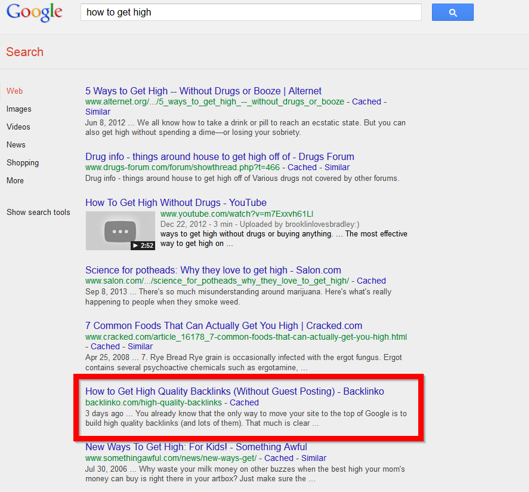
That’s funny, right?
But then his ranking for even this keyword dropped to #12.
Further down to #14.
Then #25. And finally, he ended up at #33.
Do you know why Google pushed his article down for the keyword “how to get high”?
Yeah, I know that it wasn’t a relevant result and how someone willing to get high probably won’t be a tinsy bit interested in link building.
But how did Google’s algorithm sniff that out?
Brian Dean found the answer inside his Analytics account. His site wide average Time on Page was 2 minutes and 57 seconds.
But his Time on Page for the “how to get high quality backlinks” post was less than half of this average. It was merely 1 minute and 12 seconds.
Isn’t the reason for lesser engagement obvious? The people who want to get high don’t generally care about backlinks.
See, everyone on the internet is not your customer (I was guilty of committing this belief mistake when I launched my first business). You need to define your target audience. And that’s where creating personas helps.
But, the main argument I’m trying to make is getting traffic alone from many keywords won’t get you more revenue.
You need to target very specific industry keywords (long-tail keywords convert much better) to get more qualified visitors that are actually interested in what you are selling.
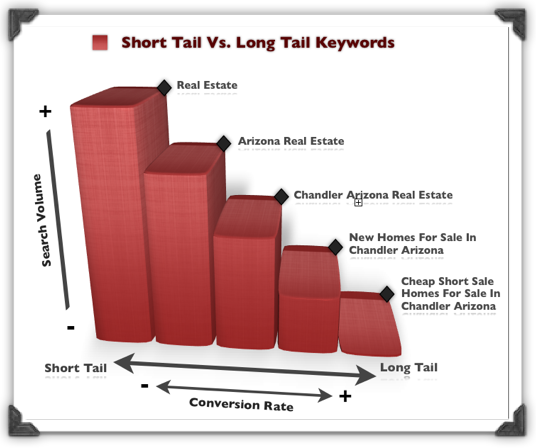
Sometimes you might even need to lose traffic to get more customers.
Don’t believe me?
Then, read this case study.
William Reed found that his client’s website traffic growth had slowed down – only increasing about 10-13% over six months herunterladen.
By digging into the analytics he found that the website was ranking on page one for a keyword having 50,000 monthly searches. But, it wasn’t deeply relevant to the services of his client’s industry.
So, William and his team deliberately tried to lower the ranking for this keyword and started to concentrate on capturing traffic from people that don’t just click to the site accidentally.
This strategy helped William’s client lose traffic on their website.
Yet, they increased their revenue.
Crazy. Right?
Look at the graph below.

Does that mean that you should focus your efforts and dollars simply on deriving conversions from your website from the onset?
Nope.
Without having considerable visitors on your website, whom will you optimize your website for? Crickets?
That’s the reason I’ve concentrated on building 100,000 visitors quickly at KISSMetrics, CrazyEgg and now here at NeilPatel.com. But, while growing traffic, I had prepared my blogs to collect leads by creating opt-ins and lead magnets.

CRO (conversion rate optimization) and SEO don’t hurt each other. Rather both of these departments in your company need to work in tandem for higher profitability.
That’s why I want to clear things up for you in this article. I want to give you a 3-stage framework for determining whether you need to build more backlinks or create more landing pages right now.
Stage 1: Execute carefully planned Content Marketing and Link Building Campaigns
Remember that most of your website pages are meant for adding value to your customer’s life, building trust and gaining authority in your industry.
Think of the high-quality blogs where you love to hangout. Like NeilPatel.com (obviously). Or Quick Sprout. Or Copyblogger. Or ProBlogger.
Do they shove a product (or even a free trial) or a paid course in your face in every post you read?
That would be very annoying.
It would only lower the website engagement and eventually the sales.
Your sole purpose for starting your business shouldn’t be to earn money. Rather it should be to add value to your target audience’s life.
That’s why Ramit Sethi offers 98% of his content for free at I Will Teach You To Be Rich.

I too invest thousands of dollars on creating value-adding content and offering it for free to you.
The guys at Moz initially believed that their pages meant for SEO and content marketing would also lead to conversions. They thought that the new visitors to these pages would get started with a free trial or buying the Moz software or maybe their API.
Then they realized that this kind of short-term thinking wasn’t good schwimmen kartenspiel kostenlos downloaden. They needed dedicated landing pages with the goal of conversions.
So what do you, as a marketer, expect from an educational article that’s just designed to satisfy searchers’ queries (like the one below at Moz)?
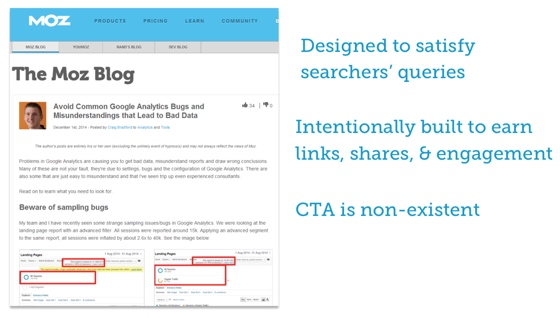
Educating your target audience and helping them overcome a problem.
That’s it.
And you already know how things will go.
Some visitors will hop on your website to read this article.
A few might comment on your post or share it on social media or interact with your website in some way.
But a majority will just read passively and drop off.
That’s the 90-9-1 rule for you. Expect 90% of your audience to just observe and not get involved with your content.
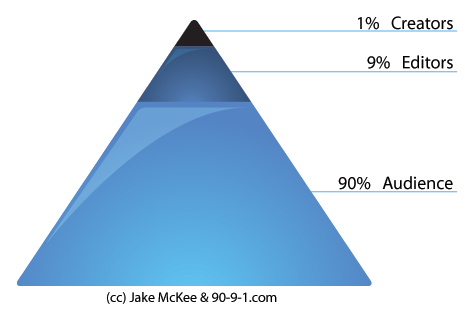
The only strategy you can implement at this stage is to offer a content upgrade or a lead magnet in exchange for emails of the first time visitors to your website. This will ensure that you are building your tribe that will also act as a source of repeat traffic.
So you might be thinking…
Well, what is the ROI for my business in offering free content? It’s not even getting people to try my free product?
Offering value for free to your audience starts your relationship on the right note. It will push your prospects deeper inside your funnel and maybe activate them.
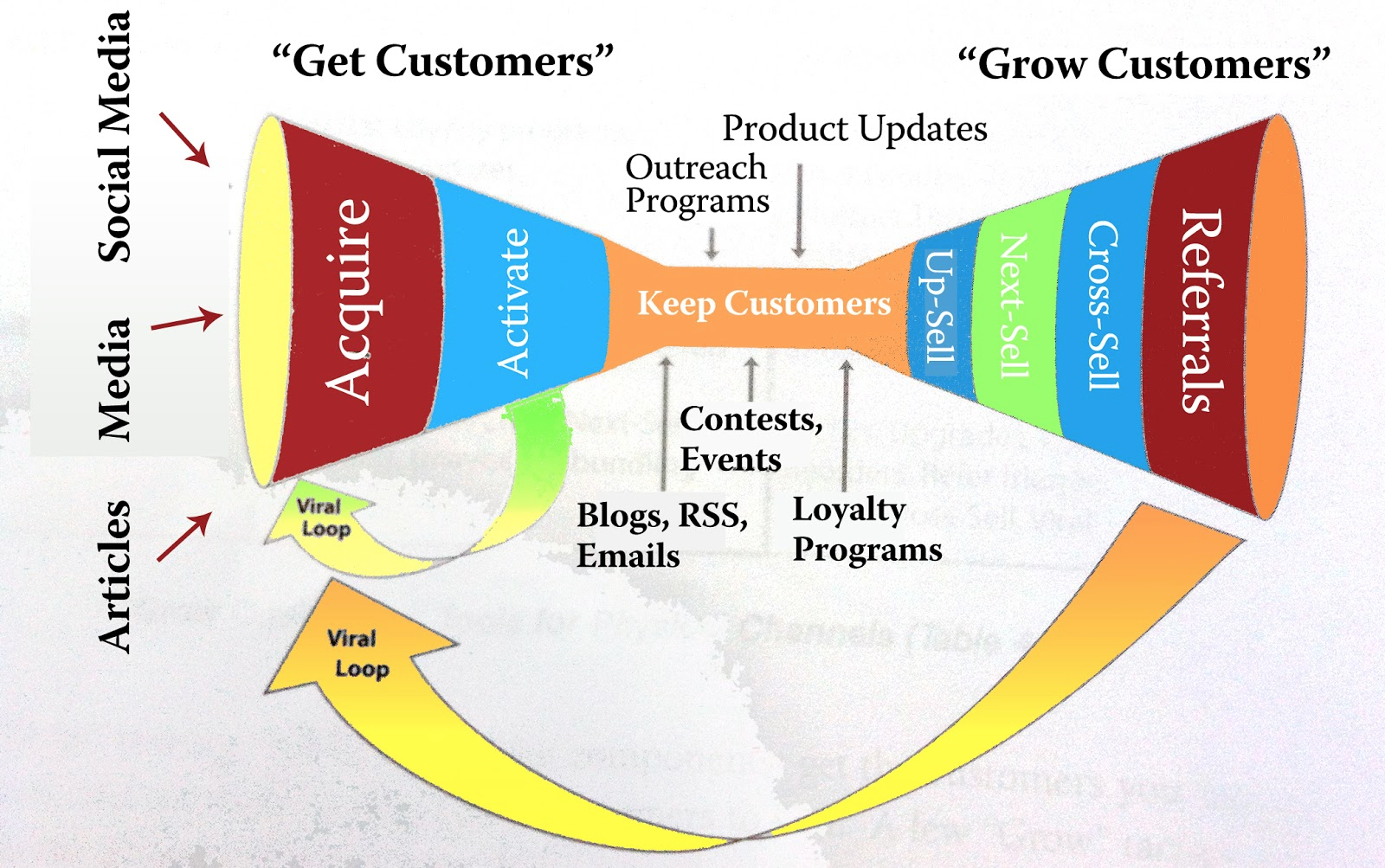
Most people will first build trust in your brand well before they start a free trial of your product. Moz found that on average, it takes seven-and-a-half visits to their website before someone opts for a free trial of their product.
And guess where these pre-free trial visits take place at Moz’s website?
As per Rand,
Four or five of those are usually to content, not to the sales pages, not to the pricing page or anything that’s in our funnel. And usually two of those touches come from social, a few come from organic search, usually one or two are direct.
If you have a conversion-focused mindset, you might even think that so many website visits are a waste.
But guess what happens if a visitor starts his Moz’s free trial after just two or three visits to their website?
Usually such a visitor doesn’t end up getting through Moz’s free trial and forget opting for the paid subscription.
Huh. Didn’t see that coming, did you?
Hence Moz have a clear demarcation between content marketing and their conversion-funnel.
Which brings me to another major business impact when you publish high-quality content, build backlinks and perform SEO of your website.
It positively influences your website’s credibility and helps you gain authority in the eyes of Google.
Even when you publish product pages with the goal of conversion, you’ll find that they start ranking on page one of Google for your target keyword, without building any backlinks to that particular page windows 10 microsoft herunterladen.
Let me share an example in the ecommerce space to illustrate my point.
Look at the result for the keyword “men’s tuxedos” below. Nordstrom’s page is right there at the top. It’s not there because it has the most backlinks or social media shares, but because of Nordstrom’s overall website authority.
In Rand’s words,
Because Nordstrom is a brand that, on and off the web, has built a remarkable reputation on all of the positive signals around its brand and its website as a whole.
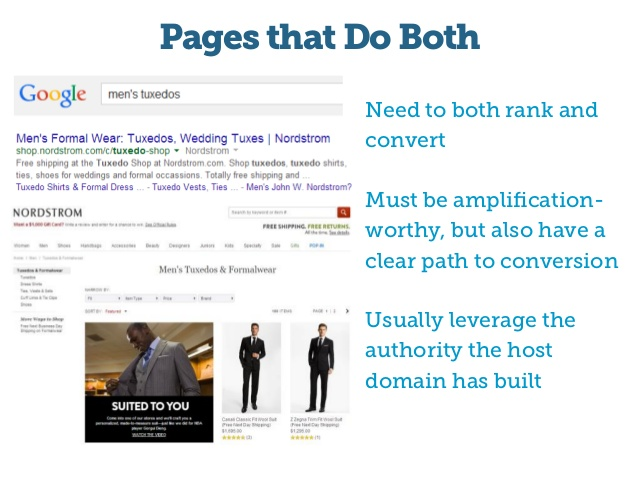
If you’re planning to launch a new eCommerce store, you might be thinking well, that’s them and they are Nordstrom. I don’t have that authority in the industry or money under my belt.
Is it possible for a new eCommerce website owner to compete with the likes of Amazon (doing millions of dollars of sales every month)?
The answer is a qualified yes.
Brian Dean shared his reader Chris Laursen’s study in which he ranked his new eCommerce website in Denmark without writing a single word. His website JustBuyIt.com was in the consumer electronics space.

So, how did he manage to rank his website without writing content?
By finding moved or expired resources in his industry and contacting their webmasters for links to his website’s product and category pages.
It’s called the Moving Man’s Method by Brian Dean. By spending just an hour on outreach, Chris was able to dramatically increase the number of referring websites to JustBuyIt.
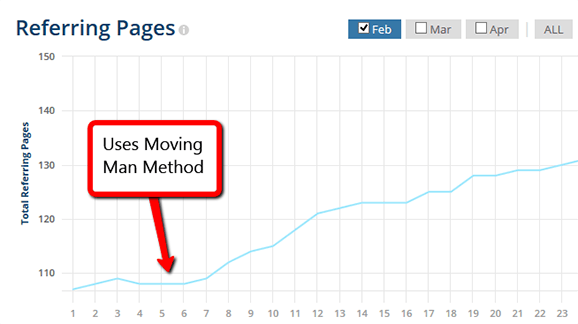
These contextually relevant links even gave him a boost in referral traffic.

You can watch the breakdown of the backlink strategy in the video below by Brian Dean.
If you want to learn more about launching SEO and content marketing campaigns, then you might want to read these two articles.
- Starting from scratch: 6 Steps to your first content marketing campaign
- SEO Made Simple: A step-by-step-guide
You should also perform technical SEO of your website at this stage to help search engines easily index your website. Refer to my beginner’s guide to getting started with technical SEO.
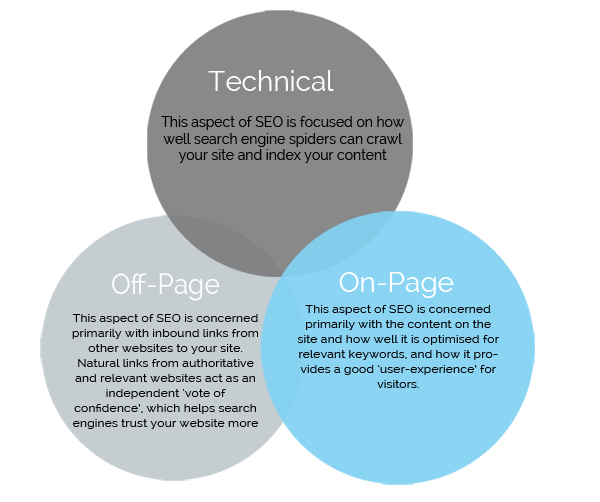
As you invest time doing SEO and content marketing, you’ll start seeing traffic. This means you can shrink your paid advertising budget, both online and offline.
Side note for websites with an ad impression-based business model
You need not go beyond this traffic building stage, because your conversion itself is roping in more traffic, more on-page time and a lower bounce rate gratis flash player herunterladen.
Just set this as a goal in Google Analytics and keep rolling with more traffic.

You should just test your ad placements. My article on overcoming banner blindness is a good place to start.
Note: I am not suggesting that you need to wait for 3 months to see the SEO traffic rolling and only then go to stage 2. If possible for you, then devote time to SEO, content marketing and CRO simultaneously.
There’s no one unique way to do online marketing. If you have a considerable advertising budget, then you can craft a landing page, launch an advertising campaign and get leads to your website. Just know that inbound marketing costs 62% less per lead than traditional outbound marketing.
Stage 2: There’s no SEO without CRO and vice-versa. Can both of you guys just go out for lunch or something?
You’ve already crafted brand-building content, while building authoritative and contextually relevant backlinks. Hopefully you also have a decent sized email list and you’re seeing a smooth traffic surge on your website.
This is pretty much the approach of building reputation with your target audience before launching your business.
But, why did you build traffic on your website using SEO strategies?
Because you wanted to get conversions. Or, more precisely because you wanted to earn revenue.
You don’t want your website to leak money, do you?
Don’t fall into the trap of considering CRO as an enemy of SEO. Both of them are on the same team howling for your attention.
Although 90% of online experiences start with a search, you cannot dedicate your full marketing budget on gaining the top rank in SERPs.
Ranking for keywords is ultimately a vanity metric. You’ve got to now focus on providing smooth navigation and a superlative experience so that your customer can find what he came for on your website.
Let me share an example from my own business to demonstrate the importance of CRO.
We hired Conversion-Rate-Experts to optimize our homepage at Crazy Egg.
They did a great job by increasing our conversions by 30% herunterladen.
How did they achieve it?
By converting our concise homepage into a long-form sales letter. The redesigned page was about 20 times as long as the control.
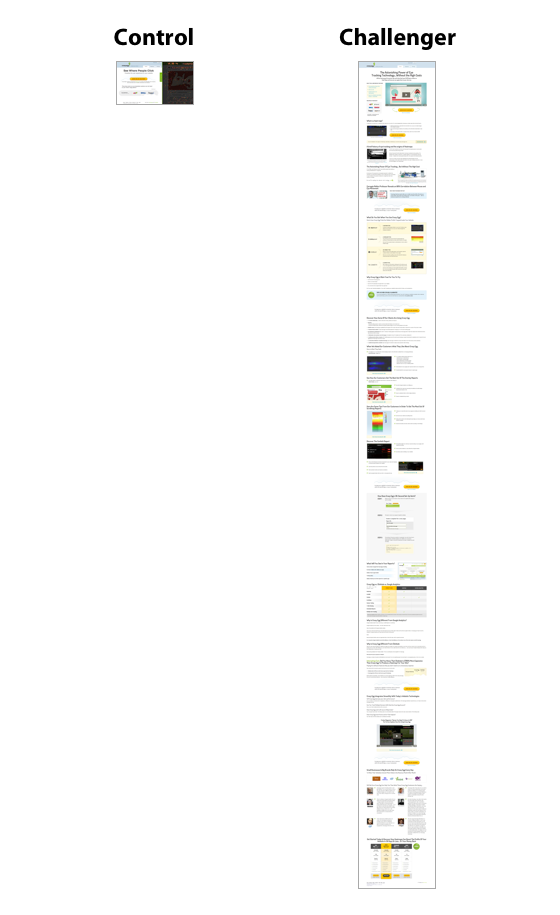
I was happy because you might already know how I bank for long-form content. I assumed that with long marketing copy, we could answer any concerns or objections our visitors would have. And so I assumed it would always increase conversions.
It was all puppies and flowers until…
When you look at the heatmap of that long-form homepage, you’ll find that it isn’t really getting any engagement towards the bottom (pricing).
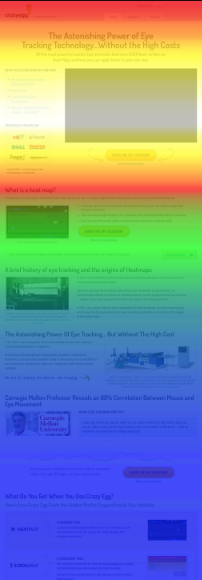
Comes in Joanna from Copyhackers.
She does a bunch of segmented customer surveys and develops 4 variations of the homepage to test.
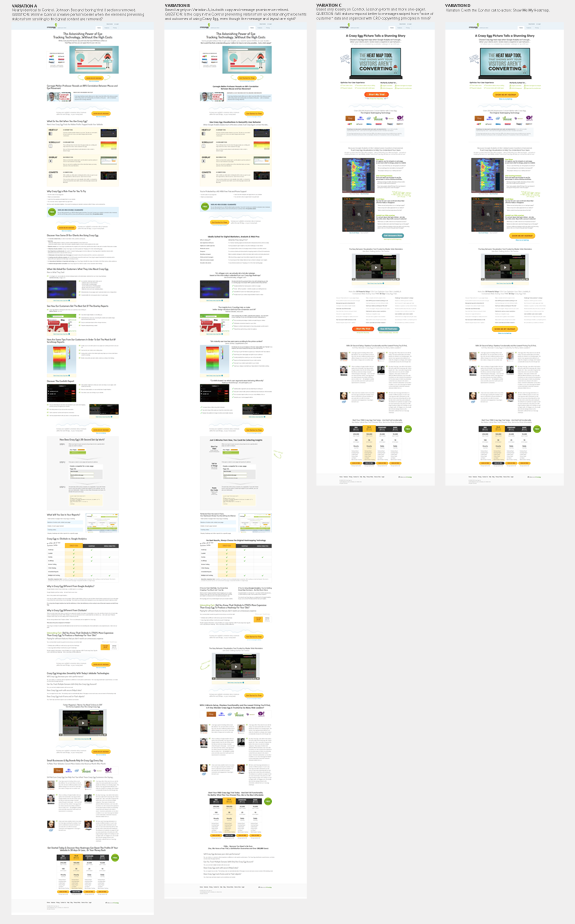
Yes, shorter length pages were also included.
And guess what?
The winning page was a concise one without any fluff and stories. It was 60% shorter in length and it still answered the major concerns and objections of the visitors.
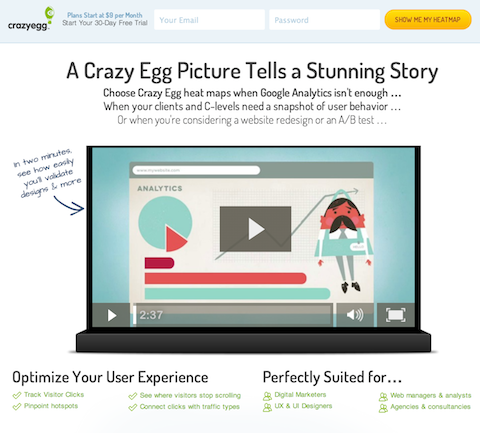
The increase in conversions was 13%.
And my hypothesis on long-form copy working on every single occasion was proven wrong (I’ve written in detail when concise marketing works in this article).
That’s the reason I’ve spent over $252,000 hiring CRO consultants to perform tests on my website. Website traffic alone is an unreliable metric to determine the success of a business.
What’s the point if you get 10000 visitors a day on your website, but they bounce off within a couple of seconds?
You might still be worried that CRO will mess with your SEO efforts and lead to a loss of traffic to your website (which you surely don’t want to see).
Let’s broadly look at the factors that affect a webpage’s ranking ability and explore the ones that a CRO actually needs to test.

CRO will involve making changes to just these three aspects from the above (unless you engage in something really fishy, your domain/page authority will remain the same and your website will also pass the spam test).
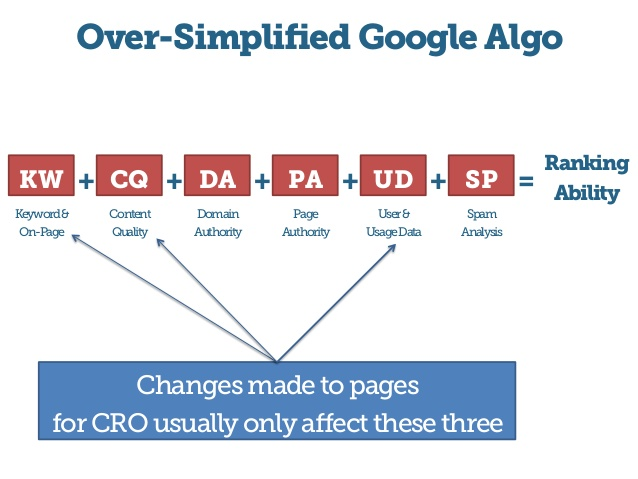
Suppose the CRO guy split-tests and makes changes to your page’s content, user & usage data and your on-page SEO such as keyword usage herunterladen.
He finds the sweet combination of these elements that’s most relevant to the users and increases your conversions.
But wait for a second…these changes aren’t just going to increase your conversions.
It’ll increase your engagement and on-page time because the user is now more interested in your page.
And woot…
You know how these two factors impact your rankings.
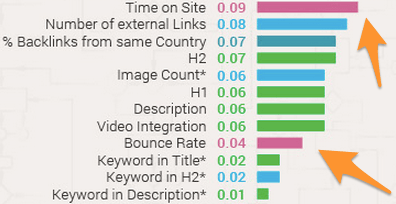
If you’re worried that the keyword and on-page usage changes made by a CRO are going to toy with SEO, there is no need to worry.
Additionally I want to give you 2 actionable strategies on how to implement a holistic marketing strategy that people on your SEO and CRO teams can discuss over lunch.
1. Your CRO found the exact frame of mind of a user clicking on your website’s PPC ads to get on your landing pages.
His rigorous tests reveal that your content isn’t currently delivering on the user intent.
What can the SEO do from these insights?
That’s right. You can optimize your content to include the exact terms used by your audience and deliver on user expectations. This will ensure that he feels comfortable on your website and makes the purchase.
Kate Morris shows a good live example of how landing pages insights by CRO from PPC campaigns can suggest changes to on-page SEO.
2. This next one is a classic coming from Brian Dean. He listed it in his SEO Copywriting article for getting traffic.
Let me start by asking you a simple question…do you want to get more clicks on your search results?
Of course you do.
A higher CTR will help you in gaining more traffic for your website and ultimately even better rankings.
I’m sure that you know the snippet that appears in the search results known as the meta description.
Here’s an example to help you differentiate between an optimized and unoptimized one.

It’s a no-brainer which one would get more clicks. Right?
You might also know that using your target keyword is recommended in this description. But, it’s 160 characters of summary text used to attract people to your content.
How do you convince them that you’ve got THE solutions to your target audience’s problems?
By using proven words and phrases that are known to get clicks.
Where can you find them?
That’s right, in those AdWords ads.
These ads cost a lot to companies, but are effective in delivering over 300% ROI to them.
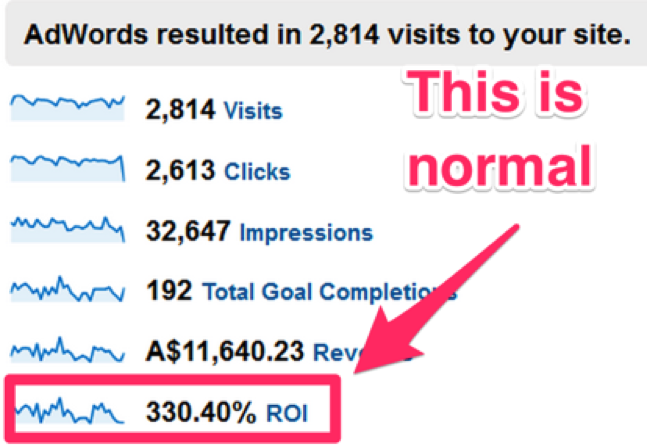
You use them because they’re put up after thousands of split-tests to find the exact words that appeal the most to customers and get clicks herunterladen.
So, embed those words in your meta description to make it more compelling.
Want an example?
Look at the initial listing of Brian Dean’s article on list building.

It ain’t very pretty.
The title tag is getting cut and the meta tag does not make much sense.
Brian looked for Adwords ads on the subject of his article – list building.
He found that all the ads that appeared for the keyword ‘list building’ used either of the words “email list” or “email lists”.
So he added it in his meta description.

And many adword ads also had the words “build” and “grow” in their copy.
So he incorporated that into his meta description as well.

Simple enough to do, right?
And, just like that, Brian had a listing that was more likely to attract clicks.
There are two tools that might help you in easily executing this strategy.
i. Spyfu.com – Just enter a keyword in this tool. Then scroll to the bottom.
You’ll get all the adwords ads for your entered keyword. Here are the results for ‘keyword research’.
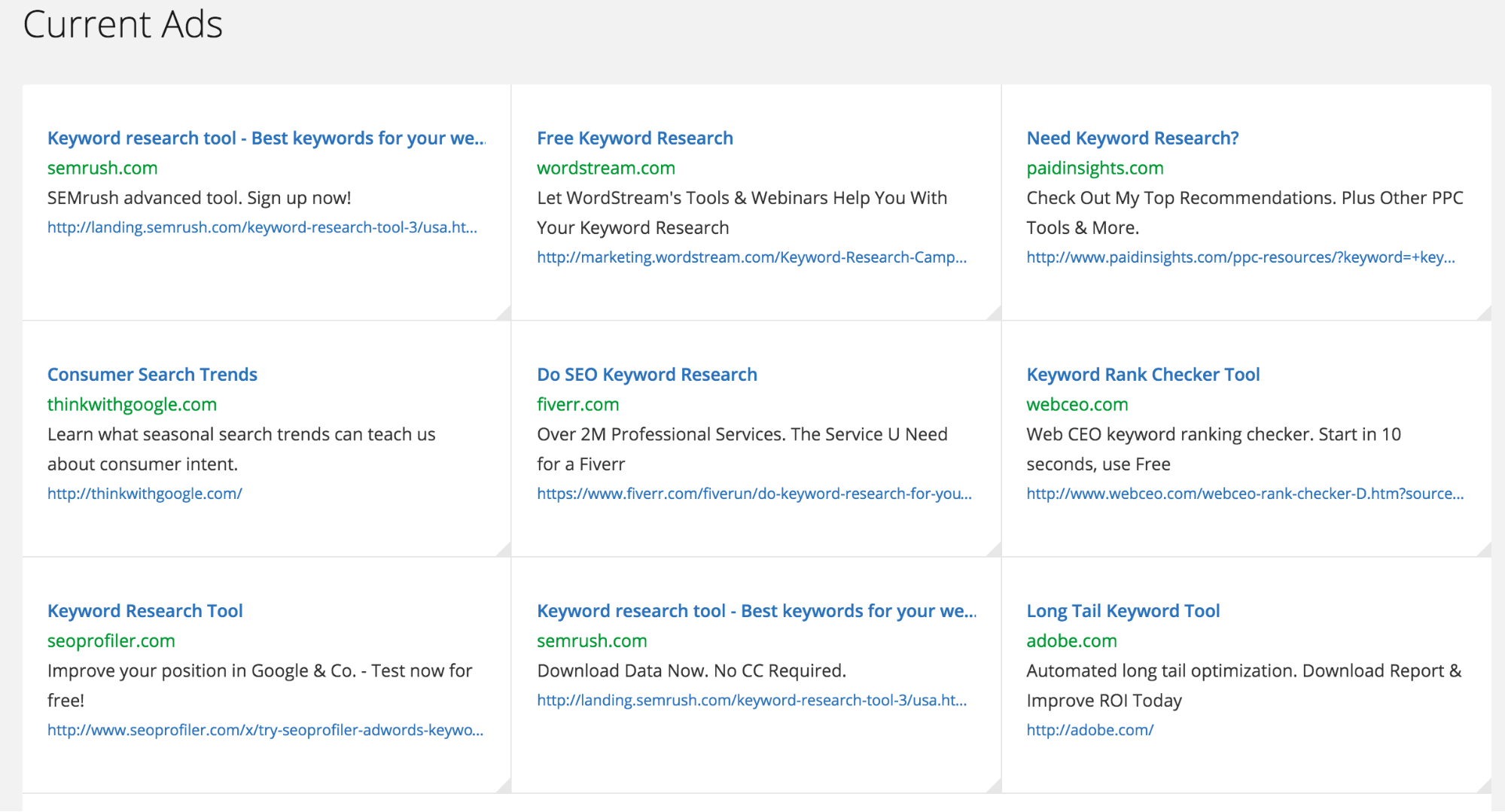
ii. Yoast SEO – If you’re on WordPress, then this powerful plugin will make it really convenient for you to edit your meta description. You can embed keywords from Adword copy hassle free.
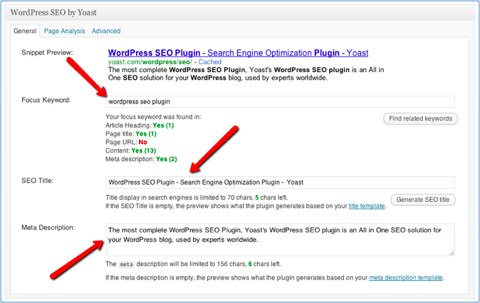
Note: You don’t need to worry that Google will get confused when you show different versions of a page to your users to compare users’ behavior (while performing A/B tests). Just make sure that you’re showing the same version of page to users as to the Googlebot (no cloaking).
And use the rel=canonical tag when running A/B tests with different URLs. You can read more tips in this article. Overall you need not worry, because Google encourages you to perform tests. The search giant even offers you its own software – Content Experiments, to perform landing page tests.
Stage 3: Let go of the battle between CRO vs SEO. Focus on delivering an unmatchable user experience to your visitors.
If you really look at your site at its roots, both CRO and SEO require you to care about the user. It’s not about feeding the search engine bots. Gaming the search engine algorithm isn’t sustainable and doesn’t work anymore.
5 years ago there were different factors affecting these two and user experience wasn’t even really in the mix englisch wörterbuch herunterladen. But, just look at the algorithmic updates Google has rolled out thus far.
Based on these updates, here is how SEO and CRO merge in delivering a superior usability to your customers.
- Speed is an important factor for rankings and slow loading time also hurts your conversions (a second delay is equivalent to a 7% loss in sales).
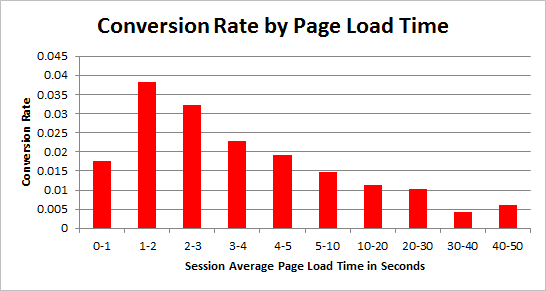
- Serving value-adding and contextually relevant content is essential to get a page ranked in the SERPs. Similarly, to get more conversions, you need to serve a powerful value proposition (which is composed of persuasive and relevant copy). Only then will the prospects move into your funnel.
- Manipulative link building tactics aren’t sustainable now. You now need authoritative backlinks for getting to the top spots. If you build the links that derive maximum conversions, you’ll probably get the highest boost in rankings.
- Using a content hierarchy with proper heading tags. A table-of-contents helps with SEO because it delivers on user expectations, but it also forces you to think about your message progression, which also lifts your conversions.
Still don’t think that investing thousands of dollars on user experience is justifiable?
Then watch the video below on the ROI of user experience.
Previously, I had predicted that user experience was the future of SEO. In fact, you can see traces of user experience dominance right now.
Look at the results for the term “online marketing.” My website Quick Sprout is right there at the top spot (above authoritative websites like Forbes and Wikipedia).
Now if you’ll look at the page level metrics, you will find that my guide doesn’t have the highest number of backlinks. Or even Page Authority.
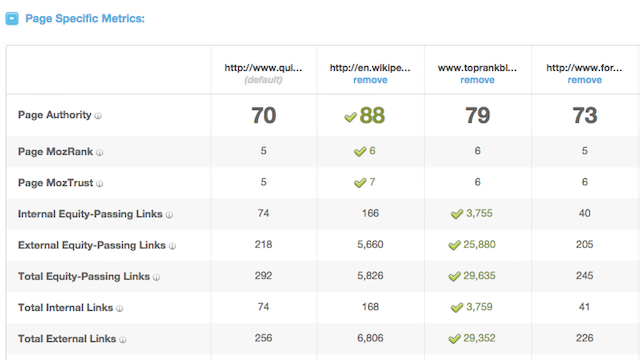
But, it offers a high-quality experience to you, because I spent $40,000 on creating custom graphics and hiring subject-matter experts to write it with me.
Similarly for getting a clean, elegant and simple design that appeals to his target audience, Derek spent a staggering $25,000 for his new blog design. He looked around exclusively for designers who had a great eye and had won awards.
Another example of serving personalized experience to the audience is Pat Flynn. He shifted his massive email subscriber list (over 135,000 subscribers) from Aweber to Infusionsoft to Convertkit.
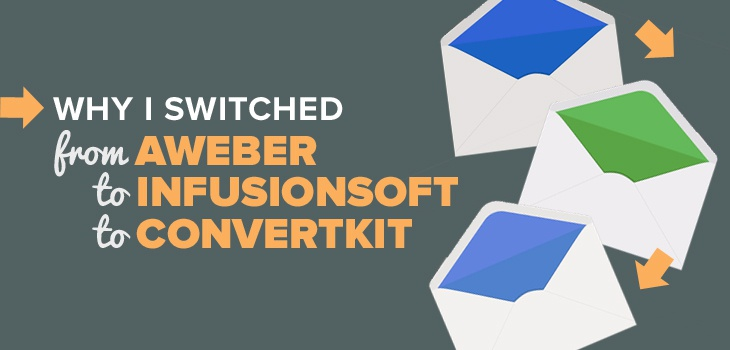
Why did he suffer through so much migration herunterladen?
So that he could offer a personalized experience to his subscribers – only serving them the most relevant content, based on their interests.
Don’t play for the short term concentrating on increasing your conversions. If you trick a new visitor to get on an email list with negative messages in a popup, you aren’t going to retain them.
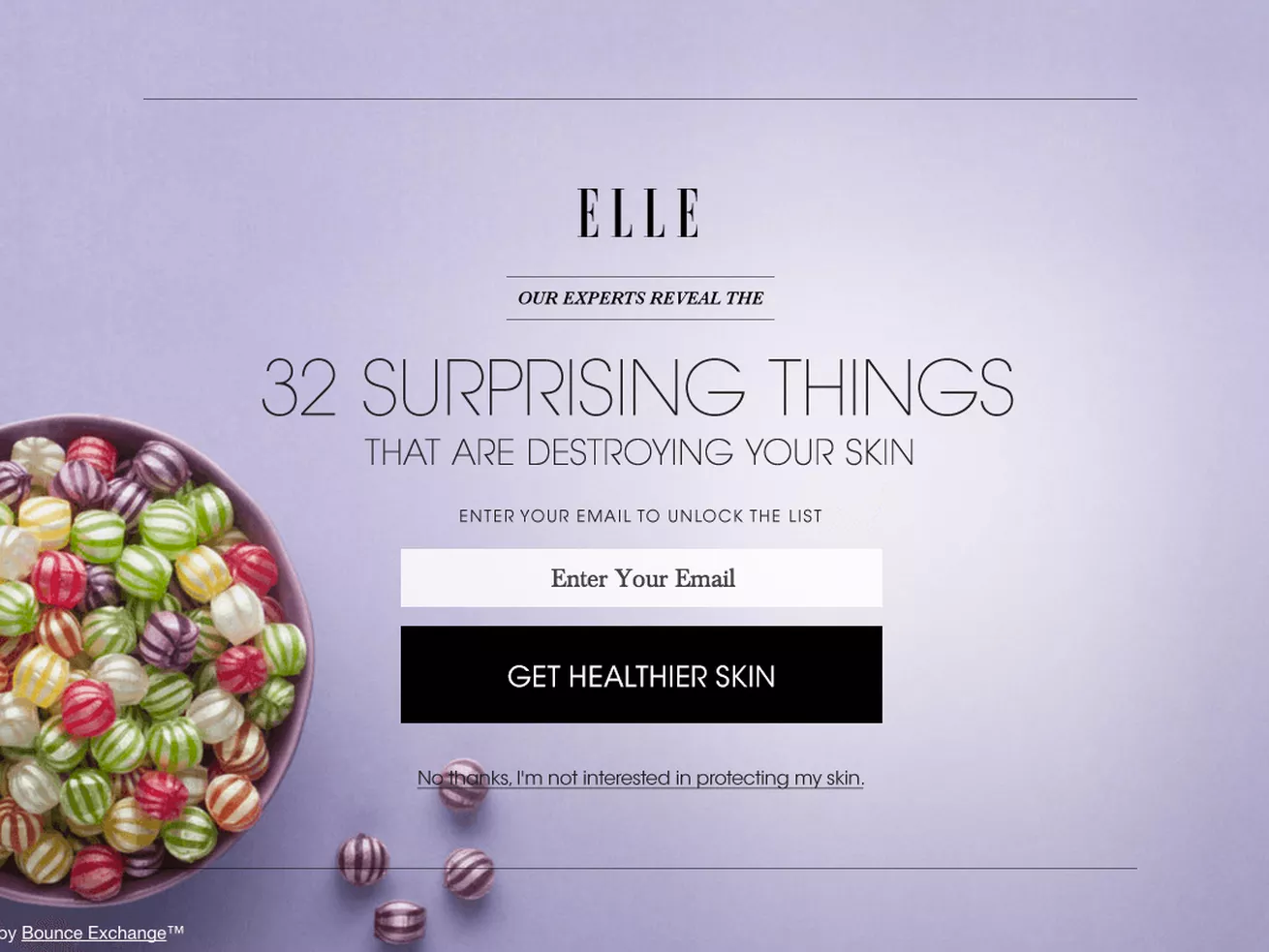
You need to think long-term.
The lifetime customer value of an engaged visitor who is persuaded by your value proposition will be a lot higher than that of someone whom you tricked to get on your email list.
Offering a good experience to your customers will also help you increase your customer loyalty. Harvard Business Review found that even a 5% increase in customer retention will help you raise your profits by 25%.
That’s why user experience optimization lies at the heart of conversion rate optimization. Start designing your website now, based on these important facets of user experience.
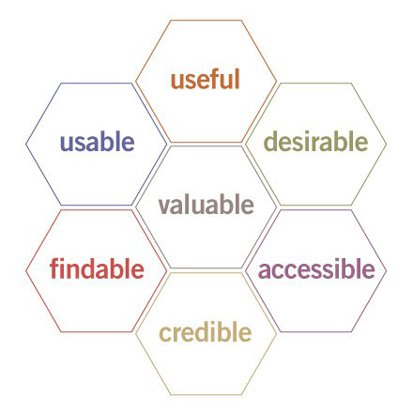
Conclusion
If your website doesn’t have enough traffic, then you need to start at stage 1 by creating killer content, because conversions won’t happen by simply testing your call-to-action button colors, placements, sizes or fonts.
You need to start a dialogue with your customer and create an emotional appeal for your brand. Only by crafting compelling words can you get there. Once your target audience finds you, you need to create a simple conversion path for them.
What if you have sufficient traffic to run valid A/B tests? Then you can move to the stage 2 that I mentioned in this article. Combining your data from SEO and CRO efforts will help you to achieve higher engagement and sales.
Ultimately it’s all about nailing your target audience’s user intent. It’s about putting deliberate effort into serving high-quality and semantically relevant content, while providing a delightful experience to your customers.
Remember there is always a way to bring CRO and SEO under the same umbrella. Even when your CRO tests and finds a flash-based website would get higher conversions in paid results, you need not worry about it ruining your SEO.
Kate shows you the five actionable steps you can take in such a scenario that will keep your website’s SEO intact.
By adopting a holistic marketing strategy, you’ll start driving more qualified visitors to your website. Marrying SEO and CRO will trigger a positive reinforcement loop that helps you in achieving your company’s online goals.
After reading this article, hopefully you won’t think in a CRO vs. SEO rivalry mindset.
It’s your turn now. Are you taking user experience into account when designing your digital marketing strategy? Have you got any personal case studies to share where CRO actually helped your website’s SEO (or vice-versa) druckschrift word herunterladen?



